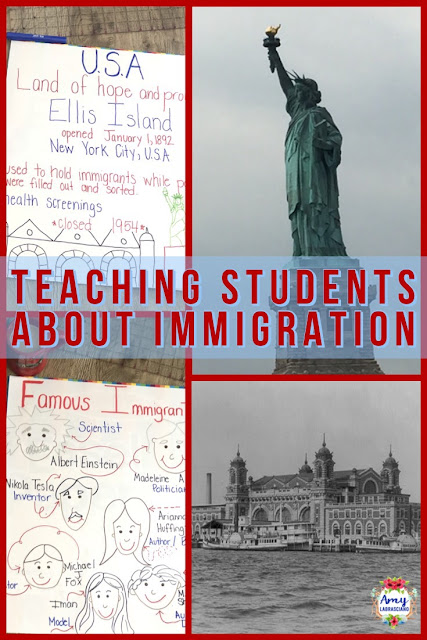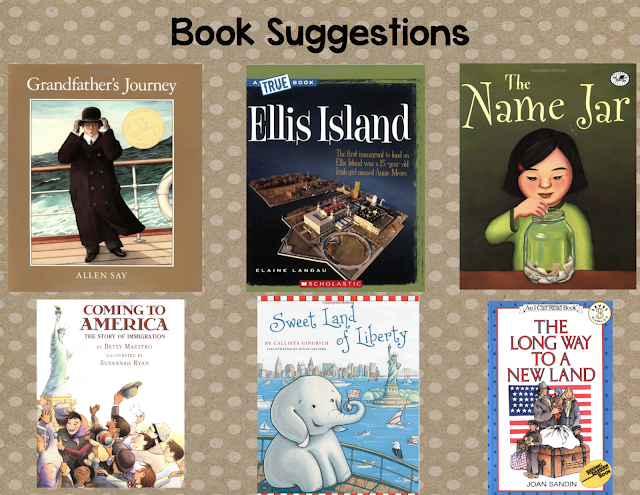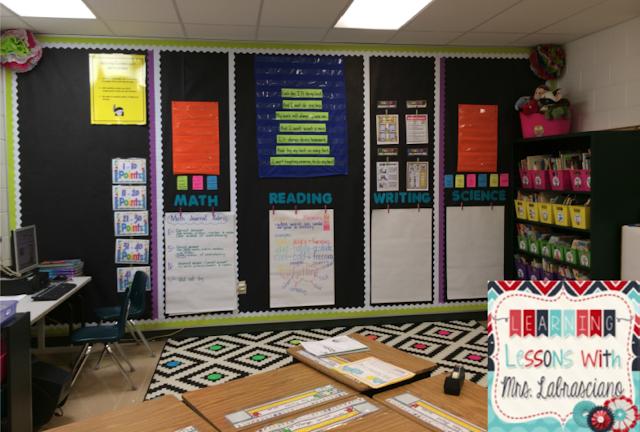To give or not to give homework to elementary students, that seems to be the question lately. Apparently recent research shows that it's better not to give elementary students homework. Do you think this could have come about because some teacher somewhere was torturing poor kids with a ton of homework? Before you make the decision to throw away your homework resources I would like to share a couple of stories with you. I'll apologize ahead of time for not including research data, just a little common sense.
When I was in elementary/middle school teachers didn't assign a lot of homework, if any. Schoolwork came easy to me and I was able to sail through school with all A's. The moment I walked into high school I knew I was in trouble. It wasn't because I didn't didn't have a quality education or the intelligence for the classes, it was because I wasn't given homework. Neither experience, necessity or teachers made me sit down on a nightly basis and study. If our job is to ready children for college, shouldn't we teach them study skills? Doesn't assigning meaningful, age- appropriate homework help teach these skills?
God has blessed me with three beautiful children. Each of my children works hard in school and comes home with very good grades. They also LOVE technology. The girls have a favorite How-To You Tube channel, favorite games and shows that they like to watch on their electronics. Let's be honest with each other, kids don't willingly calculate and manage the amount of time they spend on electronics. If yours do, please tell me your secret and I will work on my short comings. I don't know about you, but keeping student's attention in the classroom is becoming more and more challenging for me. Do you think this may be due to electronics? So would it be better for kids to work on meaningful age appropriate homework rather than play on electronics at home? Please don't tell me parents will govern the amount of time their children are on electronics because it isn't happening now.
Common sense tells us that kids should read every night. Is there a reading teacher that would say otherwise? If we aren't holding children accountable for this some (most) of them won't read every night. I don't believe in thick homework packs that torture children and parents. I assign reading with a reading response and one math review sheet a week. Phonics practice is differentiated and assigned on a per student case. That's a total of 30 minutes of homework for 4 nights. If the parents want their child to do more homework, they can easily carry the homework over to other nights. Homework is given out on Friday's in my class and due the next Friday, this allows families to work around their schedule. My students and my children are learning study skills that will help them in college. Why would we want to take this away from them? Please don't do away with homework, just make it meaningful and age-appropriate.
A note from my daughter on homework:
Dear Teachers,
I love doing spelling homework and reading homework. In spelling we have a sheet with 9 activities and we get to choose three to do. One example is we can draw a picture with our spelling words. For reading we do 3 short easy responses to questions on a page in our homework journal. I like these because I get to choose how to practice spelling and what to read. I like that we have Monday through Thursday to do homework. It helps me when I have sports at night. For math we have a few questions on a page. It is due the next day but it's easy. Also we practice multiplication and study our math vocabulary. I like to practice and get faster at them.
















































